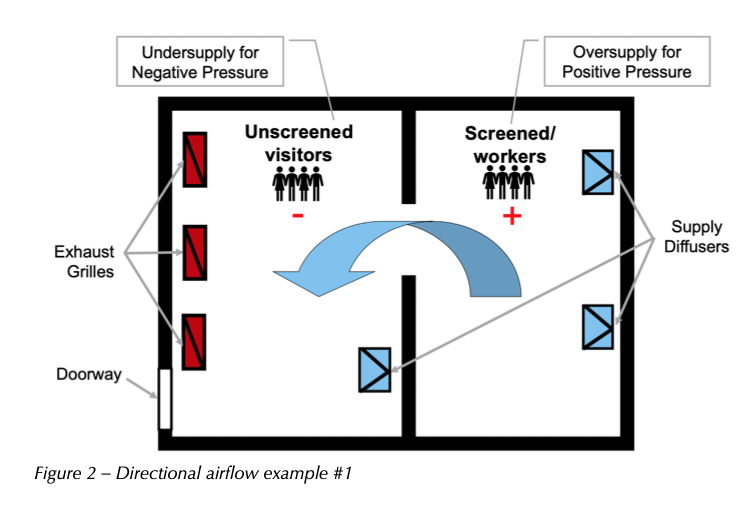As states begin to loosen their stay-at-home orders in the wake of the COVID-19 pandemic, an increasing number of building owners, operators, and occupants are interested in ways to reduce risk of virus transmission in the buildings where they work, whether these facilities remained in use since the start of the crisis or are being readied for reopening.
As building owners and operators consider upgraded operations and procedures, modifications to their building’s ventilation systems to improve indoor air quality (IAQ) can be a key element in reducing the airborne risk of viral transmission and increasing occupants’ confidence in buildings, systems, and operations. Such IAQ improvements are only one part of a comprehensive safety plan. For example, at this time, return to work before widespread immunity in the population has been achieved — either by prior infection or immunization — presents risks that could lead to a second wave of infection. Having a workplace plan in effect if and when this rebound occurs is clearly prudent. This white paper focuses on IAQ improvements and does not attempt to address overall safety planning.
The IAQ improvements discussed here are rooted in three key IAQ concepts: High-Quality Air Filtration, Increased Ventilation, and Directional Airflow. For example, typical return-to-work plans now include reduced occupant densities, which can inherently help improve ventilation rates per person and IAQ to some degree and should be one of the considerations when exploring options to improve IAQ.



